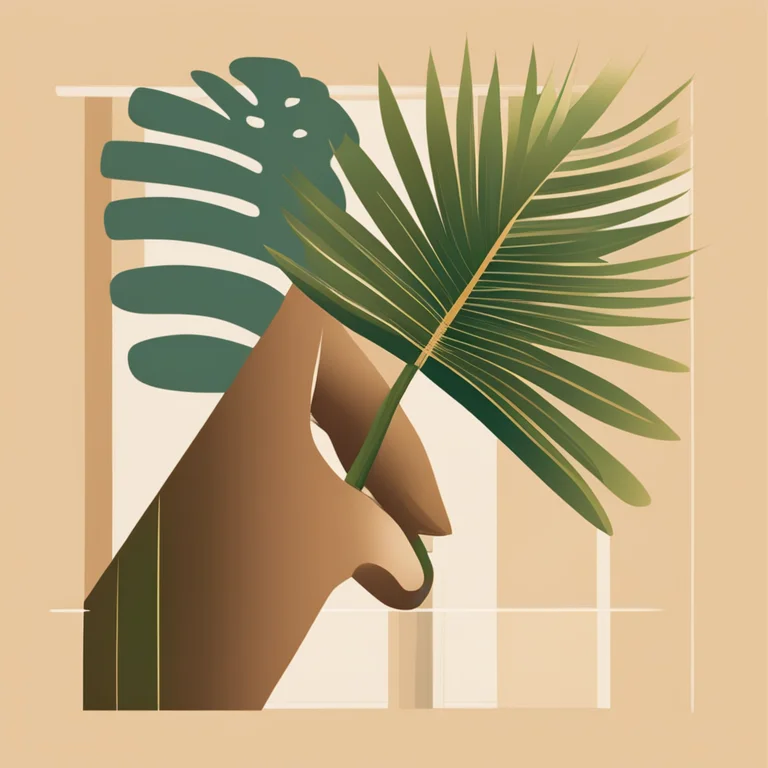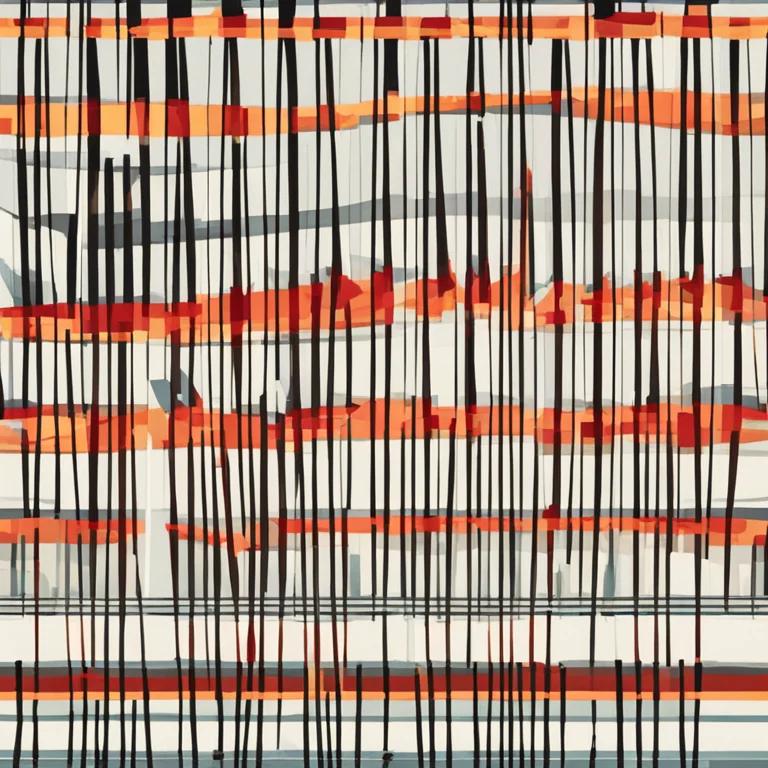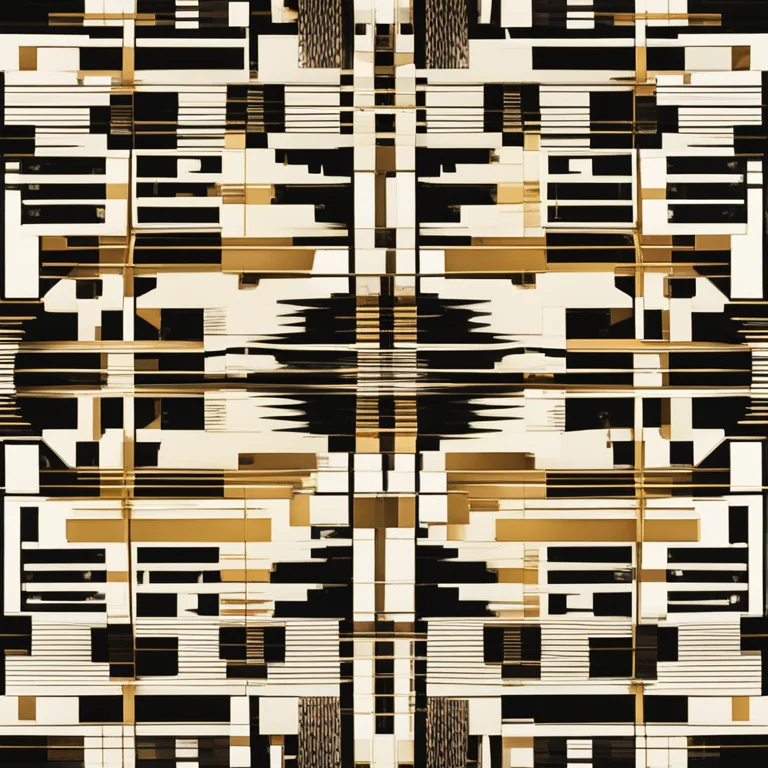
Are Palm Lines Mirrored or Unique?
Discover if the lines on your palms are symmetrical and what that means in the study of palmistry.
article by Nora Pennington
Palmistry Basics: A Brief Overview
Palmistry, or chiromancy, is an ancient practice of divination and character study through the examination of the palm. This mystic art suggests that our palms hold vital clues to our personality traits, life paths, and future. While enthusiasts and practitioners have long scrutinized the intricate lines on our hands, one question often comes to the fore: Are palm lines symmetrical? This article sheds light on whether these unique patterns underpinning palmistry are mirrored or diverse on each hand.

Symmetry in Palm Lines: Expectations vs. Reality
Upon casual observation, one might expect a certain degree of symmetry in the body, including the palm lines. However, close examination typically reveals that our palm lines are far from identical. Variances in the heart line, head line, life line, and fate line can be stark from hand to hand. These differences are critical to palm readers, as each hand offers its own set of insights—the left is frequently associated with potential and what we're born with while the right more often relates to what we do with those possibilities.

Decoding Asymmetrical Palm Lines
The asymmetry between the palmar lines can be quite informative in palmistry. The shape, depth, and intersections of these lines are believed to depict an individual's emotional and intellectual bearings, their vitality, and even significant life changes or events. A person's dominant hand (the one they use most) often reflects the current life circumstances, choices, and outcomes, while the non-dominant hand might symbolize inherent traits and potentials. Thus, these unique, asymmetric lines are thought to tell a story of personal evolution.

Scientific Perspective on Palm Line Symmetry
From a scientific viewpoint, the reasons behind asymmetrical palm lines are grounded in genetics and embryonic development. Our palms start forming lines during the 10th week of gestation, with various genetic and environmental factors influencing their development. This divergence explains why even identical twins do not have identical palm prints. It also underscores the individuality of palm patterns, with each set of lines as unique as a fingerprint.

Reading Between the Lines: Palm Analysis
While palmistry takes these asymmetrical lines into account for a nuanced reading, it's essential to approach the subject with an open mind and skepticism rooted in personal belief systems. For some, palmistry is a symbolic language through which the hands speak, for others, it's a blend of mythology and psychology, and for the rest, it may hold no significance. Regardless of belief, the unique pattern of lines on our palms continues to fascinate and inspire curiosity about the narratives etched in our very skin.
Palm Lines and Individuality: The Final Takeaway
In conclusion, palm lines are not symmetrical and, in fact, their asymmetry is what makes palmistry a deeply personalized practice. Whether you approach the subject from a spiritual, psychological, or purely entertainment perspective, the lines on your palms serve as an intimate map of your persona. In the future, as new methods and ideas arise within palmistry, the understanding of these lines may evolve, but their essence as unique signatures of our identity will likely remain unaltered.
Published: 1/10/2024
Modified: 1/10/2024
More predictions
Come back here soon to learn more about yourself and your future


The Intricacies of Palm Reading: A Guide to Palmistry
Delve into the ancient art of palm reading with our comprehensive guide that reveals the secrets hidden in the lines of your hands.


The Basics of Palmistry: Learn to Read Palms
Master palmistry basics with this guide on how to interpret lines and shapes on the palm for insights into personality and destiny.


Guide to Palmistry: Interpreting Your Palm Lines
Discover the ancient art of palmistry with our comprehensive guide to reading and interpreting the lines on your palms.